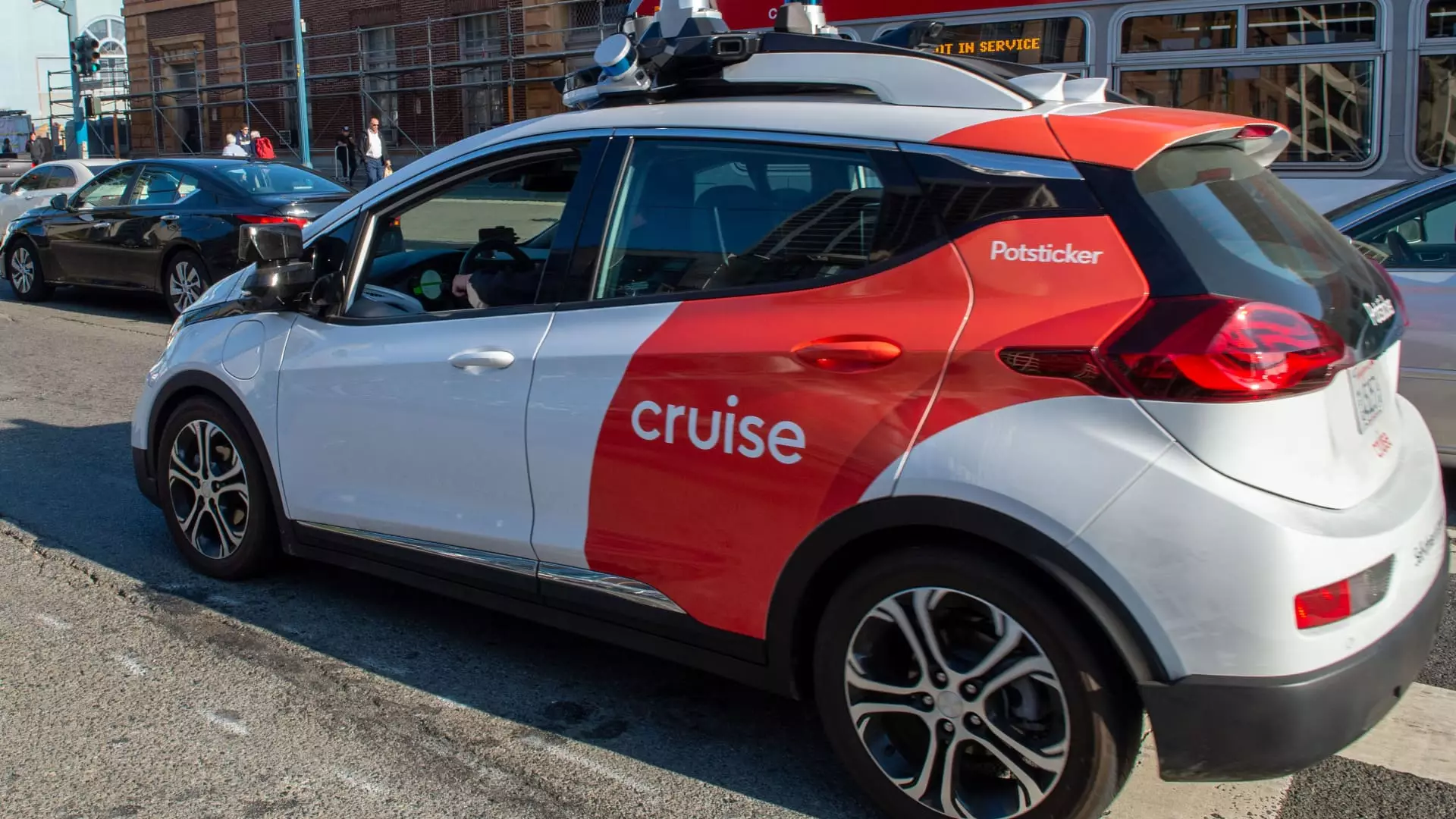The autonomous vehicle industry, once heralded as the future of transportation, is witnessing significant upheaval as General Motors (GM) recently announced dramatic layoffs within its Cruise subsidiary. This decision comes on the heels of GM’s announcement that it would cease funding the robotaxi initiative, a venture that has already consumed over $10 billion since its inception in 2016. The decision to lay off approximately 50% of Cruise’s employees reflects a broader strategic pivot away from robotaxis and towards personal autonomous vehicles, igniting conversations about the viability and sustainability of self-driving technology in commercial applications.
As GM’s Cruise navigates this turbulent period, the human cost is evident. The company’s workforce, which numbered around 2,300 by the end of the previous year, will be significantly diminished as executives like CEO Marc Whitten and Chief Human Resources Officer Nika Thomas exit the company. In an internal communication addressed to remaining staff, Cruise President Craig Glidden emphasized the necessity of the layoffs, attributing them to an immediate need for restructured resources in light of a new strategy. Amidst the corporate turmoil, the company has pledged to provide severance packages and career support for affected employees, underscoring a bittersweet acknowledgment of their contributions to the ambitious self-driving project.
The collapse of Cruise’s ambitions has not been solely a product of market forces; issues of corporate culture and leadership effectiveness have surfaced as critical factors. An extensive investigation following a tragic accident in October 2023, where a pedestrian was seriously injured after being struck by a vehicle and then dragged by a Cruise robotaxi, raised serious red flags about the company’s operational culture. Reports indicated a pattern of regulatory oversight failures and a questionable relationship with safety protocols. The culture of secrecy surrounding operational failures and a lack of accountability among leadership may have compounded the company’s misfortunes, leading to a loss of credibility and trust not only within regulatory bodies but also among the public.
The struggles revealed through Cruise’s turmoil may serve as cautionary tales for other entities within the autonomous vehicle landscape. Companies must now grapple with the implications of combining technological ambition with effective operational governance. The transition from an ambitious ride-hailing enterprise to a model focused solely on personal autonomous vehicle delivery highlights the challenging environment in which these firms operate.
The shake-up at Cruise indicates a struggle that extends beyond one company; the entire sector is facing pressures from stakeholders demanding accountability, safety, and reliability. As GM realigns its focus towards personal transportation solutions, it raises important questions about the future roles of automation and the public acceptance of such technology. Accelerating autonomy at scale is an admirable goal, yet this recent series of events suggests that the path to achieving this dream is fraught with hurdles that may require more than technological advancements.
In the wake of the layoffs and restructuring, the future of Cruise remains uncertain. The company’s shift in focus raises questions about its long-term viability and its place within the broader GM ecosystem. With 88% of its remaining workforce engaged in engineering or related roles, the hope for a salvageable pivot depends on the successful integration of efforts with GM’s vision for autonomous technology.
As the autonomous vehicle field evolves, the tragedies and challenges faced by Cruise should act as reminders of the need for robust safety protocols, transparent corporate governance, and a culture that prioritizes both innovation and ethical responsibility. The journey ahead will require not just technological prowess but also an unwavering commitment to fostering a culture of accountability and transparency, which, if embraced, could help revive confidence in autonomous vehicle technology in the years to come.

